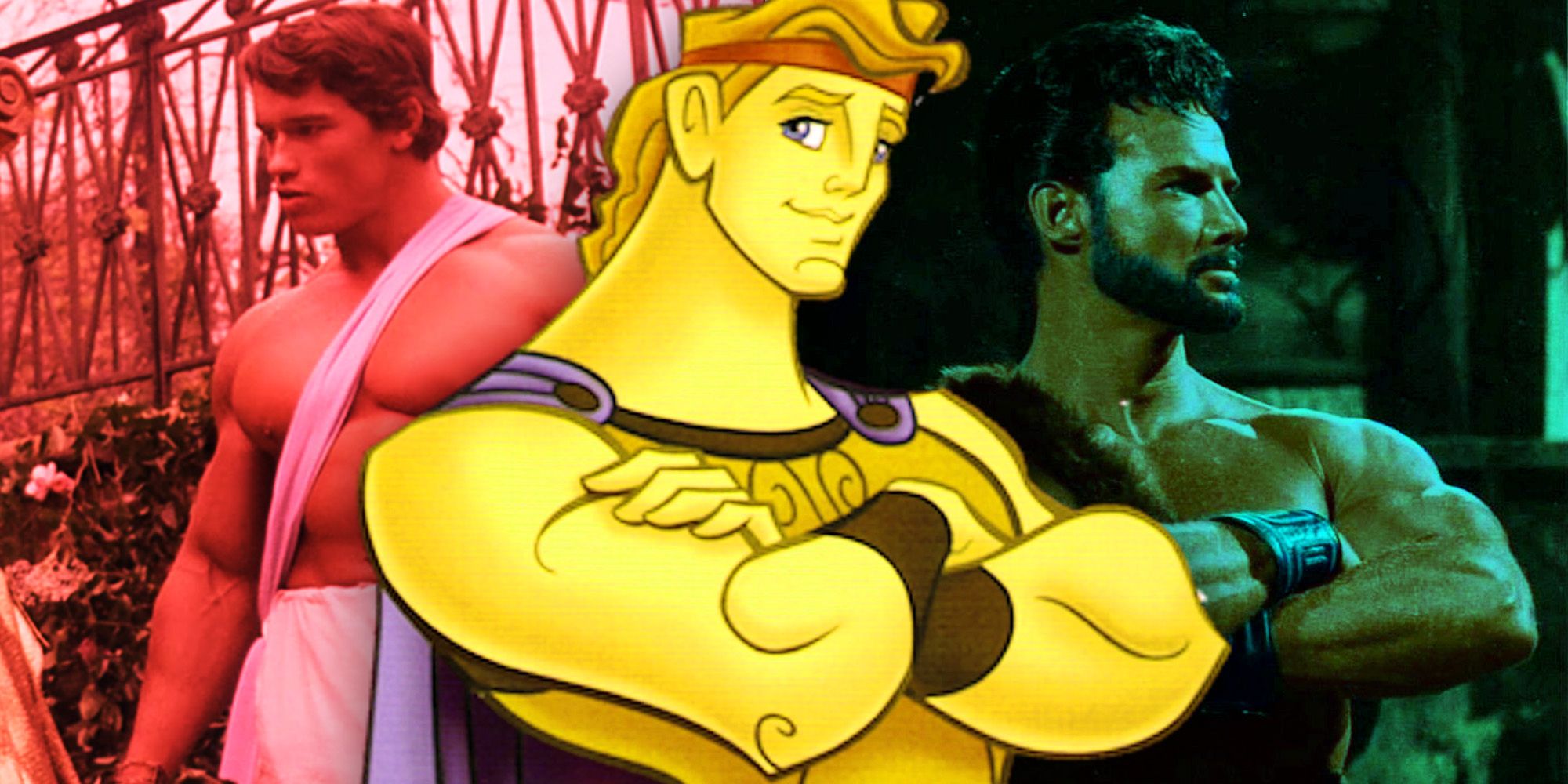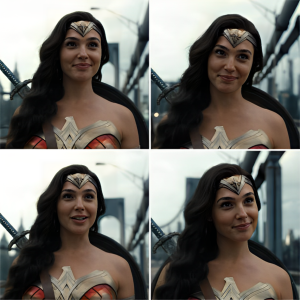
Historian Dr. Roel Konijnendijk appraises the historical accuracy of the 2014 action adventure movie Hercules. Starring Dwayne Johnson as the titular character, this fantasy feature film follows a troubled demigod who is hired to confront an evil warlord along with his assembled band of mercenaries. Aside from Johnson, the movie’s other mythical characters were played by talented actors like Peter Mullan, Joseph Fiennes, Rufus Sewell, Ian McShane, and John Hurt.
Now, in a video by Invicta, Dr. Konijnendijk analyzes the accuracy of a particular battle scene in Hercules. The extensive analysis delves into how battle lines were originally created, the way different battle formations come together, and the ancient pieces that Hercules and his large army wear. Ultimately, he gives it a 6 out of 10. Check out Dr. Konijnendijk’s full comments and the video below:

This is an interesting little scene. I mean the whole point of this battle scene is that Hercules has supposedly been training this army, updating their equipment, and now it is a much more effective force because of his leadership andhis good tactical ideas. The way that they tried to portray that is that as it moves into combat, it is able to respond to certain commands, is able to act much more cohesively, and is able to form a very strong shield wall against the enemy. But the depiction of it is a little bit strange in the sense that their marching column is enormously wide.

First of all, it’s almost like a big square that’s like a 100 wide or a 100 deep or something, which is not how a marching column obviously works because how many roads in the ancient world were there where people could march a 100 abreast? It’s just not likely, you’re much more likely to be marching two or four abreast or something like that along a road, and when you come into battle you have to perform an elaborate maneuver to turn that column into a line and certainly the way that works is not the way it’s depicted here.
By getting your troops that are marching in a column to slot in, one, next to each other as files. Every file that comes up down the road or every two or three or four files that come up down the road will march to the right or to the left usually of the one that’s already in place and so brick by brick you build up your infantry line. And so you just don’t take the sides of that formation and turn them out like wings and make them form a part of your battle line. You’d have to take those files and slot them in one at a time as a sort of wall-building mechanism.
Given that this is a fantasy story, obviously you don’t want to be too harsh. It’s not real, they’re just trying to depict something that looks like an ancient battle formation going into battle. Some of the pieces of kit they’re wearing are very authentic, others are made up, but the whole principle that they explain in the movie is that, as you work together as a formation using shields that you deploy in an interlinked, mutually supportive way, that you become stronger than men fighting individually. They’ve really tried to capture that and put that on display here with this marching column and so, to that extent, I think it’s admirable for what it’s trying to do; it just doesn’t have any connection to any specific historical event.
How Was Hercules Received Upon Release?
Hercules Wasn’t The Only 2014 Movie About The Mythological Hero

Johnson’s 2014 movie coincided with the release of another Hercules adaptation in the same year. Renny Harlin’s The Legend of Hercules, which was released a few months before the Johnson movie, also followed the life of the mythical warrior. However, only the former offered a memorable and captivating version of Hercules’ story. While Harlin’s adaptation was a box office bomb and received mainly negative reviews, Johnson’s movie became a modest box office success, earning $244 million on a $100 million budget.
It also received varied reviews from critics. According to Rotten Tomatoes, Hercules holds an approval rating of 58%, which indicates just how split critics are on the movie. While some praised the movie for its enjoyable action sequences and impressive effects, others criticized Hercules for being visually busy while lacking any sort of real emotional pull. As evidenced by Konijnendijk’s thoughts, the movie had some accuracy in its depiction of Ancient Greece, but its place as a fantasy tale meant things could be a bit more unrealistic. It seems Hercules succeeded in its attempt at being an epic mythological tale.
Another major highlight of Hercules was Johnson, who put on a commendable performance. The action star put his trademark bravado and charisma to good use, adequately bringing to life one of the most notable mythical figures. While the movie might have struggled to accurately depict some of its ancient battle scenes, as Konijnendijk pointed out, ultimately the movie manages to deliver an admirable tribute to the warrior’s famed story.





